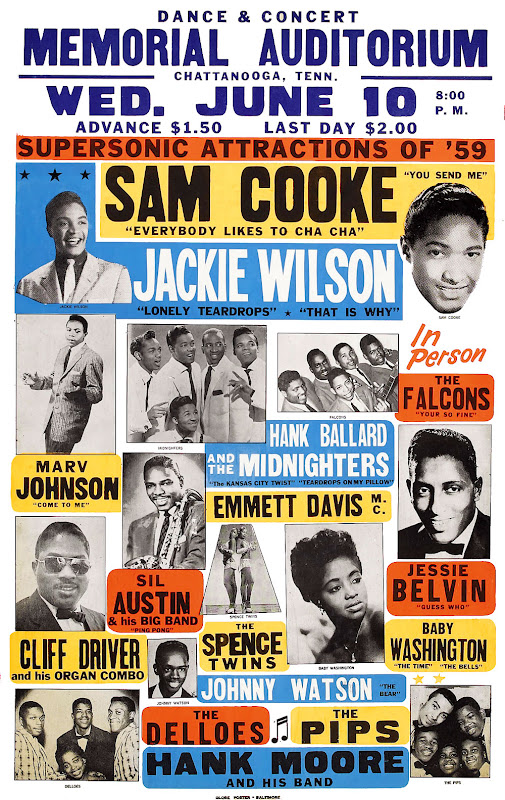 Bobby Rydell was born Robert Ridarelli in Philadelphia. It was his father who encouraged him to pursue a career in show business. At the age of four, Rydell would sit in front of the TV and impersonate such performers as Milton Berle, Louis Prima and Johnny Ray. He also admired drummer Gene Krupa and began playing the drums at the age of six. At the age of seven and with his father's encouragement, Rydell began performing in nightclubs in Philadelphia.
Bobby Rydell was born Robert Ridarelli in Philadelphia. It was his father who encouraged him to pursue a career in show business. At the age of four, Rydell would sit in front of the TV and impersonate such performers as Milton Berle, Louis Prima and Johnny Ray. He also admired drummer Gene Krupa and began playing the drums at the age of six. At the age of seven and with his father's encouragement, Rydell began performing in nightclubs in Philadelphia.
In 1950, Bobby Rydell entered the amateur show of Paul Whiteman; his first-place win gained him a regular part on the show. He stayed with the Whiteman show for three years and then went to join several local bands in Philadelphia. It was here too that Bobby Ridarelli became the easier-to-pronounce Bobby Rydell. At 16 he began playing with local groups, landing a spot as a drummer for Rocco and the Saints. (Frankie Avalon, another Philadelphia-born musician, played trumpet for the group.) While with the band, Rydell signed a recording contract with Cameo/Parkway Records in Philadelphia. His hit "Kissin' Time," recorded in the summer of 1959, launched his musical career and made him a teen idol at the age of 17. Read on +/-
 1962 LP All The Hits (Cameo C-1019)
1962 LP All The Hits (Cameo C-1019)01. Bobby Rydell - Twistin' The Night Away
02. Bobby Rydell - Break It To Me Gently
03. Bobby Rydell - Dream Baby
04. Bobby Rydell - What's Your Name
05. Bobby Rydell - The One Who Really Loves You
06. Bobby Rydell - I've Got Bonnie
07. Bobby Rydell - I'll Never Dance Again
08. Bobby Rydell - I Know
09. Bobby Rydell - Don't Break The Heart That Loves You
10. Bobby Rydell - Baby It's You
11. Bobby Rydell - Soldier Boy
12. Bobby Rydell - Hey Baby
If you want to listen to the music... Look up in the right column.
Als je naar de muziek wilt luisteren... Kijk boven in de rechter kolom.
 1962 LP All The Hits Volume 2 (US Cameo C 1040)
1962 LP All The Hits Volume 2 (US Cameo C 1040)01. Bobby Rydell - Bobby's Girl
02. Bobby Rydell - Tell Him
03. Bobby Rydell - Ruby Ann
04. Bobby Rydell - Up On The Roof
05. Bobby Rydell - Im Gonna Be Warm This Winter
06. Bobby Rydell - Remember Then
07. Bobby Rydell - Telestar
08. Bobby Rydell - Loop De Loop
09. Bobby Rydell - The Alley Cat Song
10. Bobby Rydell - See See Rider
11. Bobby Rydell - Everybody Loves A Lover
12. Bobby Rydell - Two Lovers
If you want to listen to the music... Look up in the right column.
Als je naar de muziek wilt luisteren... Kijk boven in de rechter kolom.










































%20@320.jpg)



.jpg)




















Like many other stars at the time -- see a previous post of Bobby Vee -- Rydell recorded a lot of songs from other singers, that were hits at the time. In 1962 Cameo/Parkway released a series records with their most popular recording stars like: Chubby Checker; The Orlons; Dee Dee Sharp etc. The Series got the title "All The Hits" and consisted many of those hit covers. So here two "All The Hits" albums from Bobby Rydell -- still only vinyl, cause they never made it to CD.